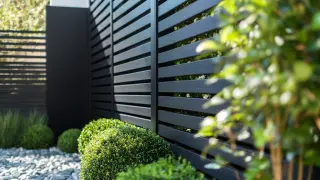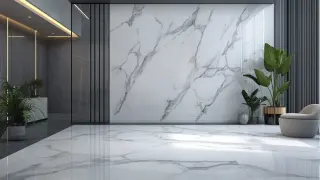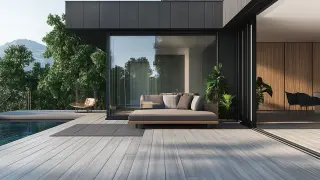Shandong Xiangying New Materials Technology Co., Ltd.
Shandong Xiangying New Materials Technology Co., Ltd.
Materials are the soul of contemporary interior design; they give a lively expression to any space and are equally functional. Among the masses of materials available today, Wood Wall Panels elevate the standing of a room because of their warmth and elegance. As design practices and technological advancements became more complex, the demand increased for good quality Wood Wall Panels, putting manufacturers to the test to adopt very high standards of excellence. Excellence in manufacturing goes beyond aesthetic; it includes sustainable, durable, and overall performance of the product.
Shandong Xiangying New Material Technology Co., Ltd. feels its Wood Wall Panel manufacturing must set the standards. Innovation and quality remain our hallmarks, so every panel produced will be finished according to the highest industry standards. Using the latest technology backed by a dedicated workforce, we aim for solutions that will meet and exceed customer expectations. This blog will elaborate on the vital standard of excellent workmanship for Wood Wall Panel manufacturing and how our company is at the forefront of developing these practices in the sector.
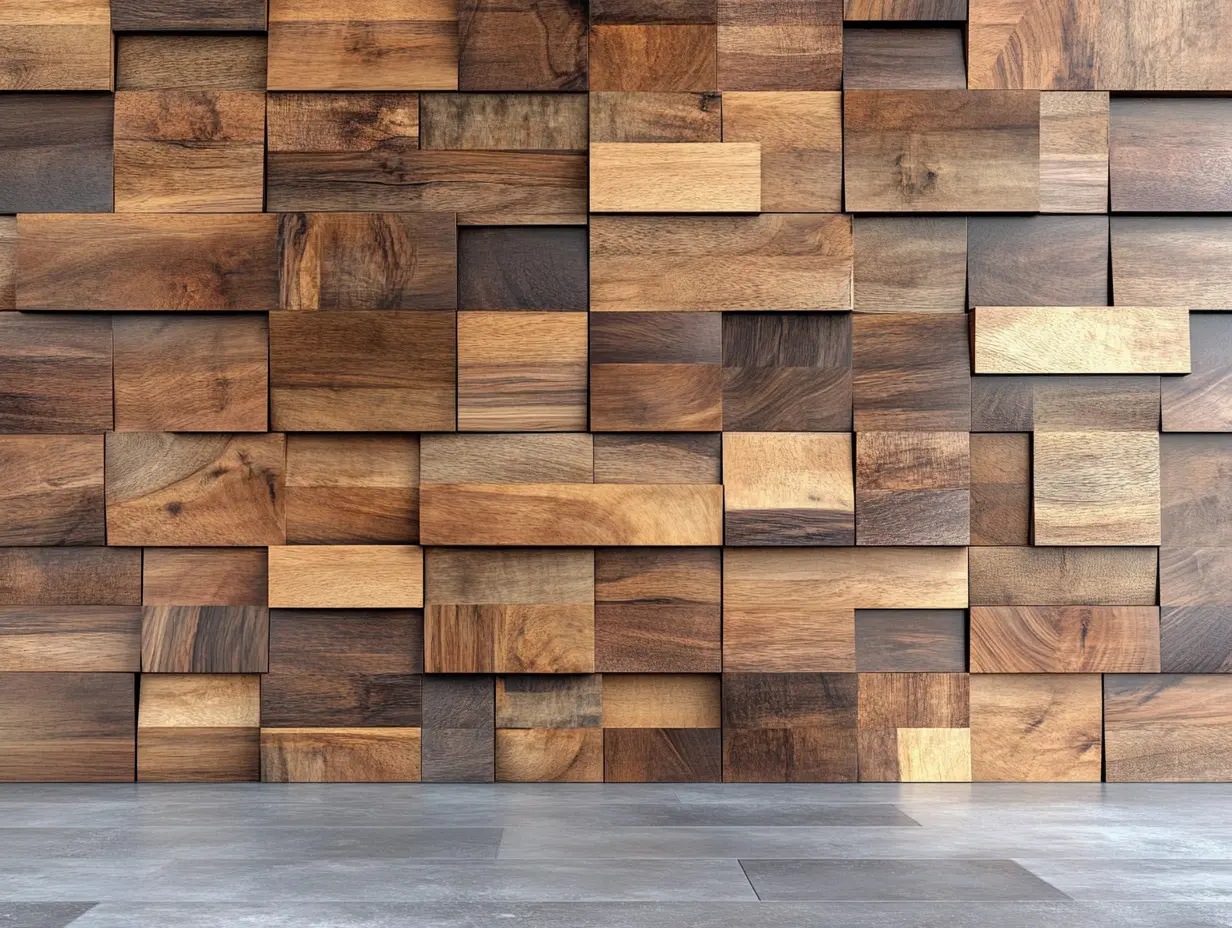
The kind of innovation needed to create quality assurance in wood wall panel production techniques encompasses all manufacturing methods. The latest reports tend to highlight comparisons in oriented strand boards (OSB) made out of softwood and hardwood species and their ability to support loads versus structural stability. OSB may not be as good-looking as plywood, but it is becoming increasingly popular for its low price and similar durability. Meanwhile, consolidation moves are reported to bring together some major panel manufacturers. As expected, in these times, not only enhancing production standards, but diversification of products offered is required. Such moves enhance the process flow and allow companies to begin using new techniques that guarantee uniformity and quality in wall panel manufacturing. These innovations promise to elevate the standards of excellence in manufacturing, meeting the needs of an evolving wood market for these high-performance building materials.
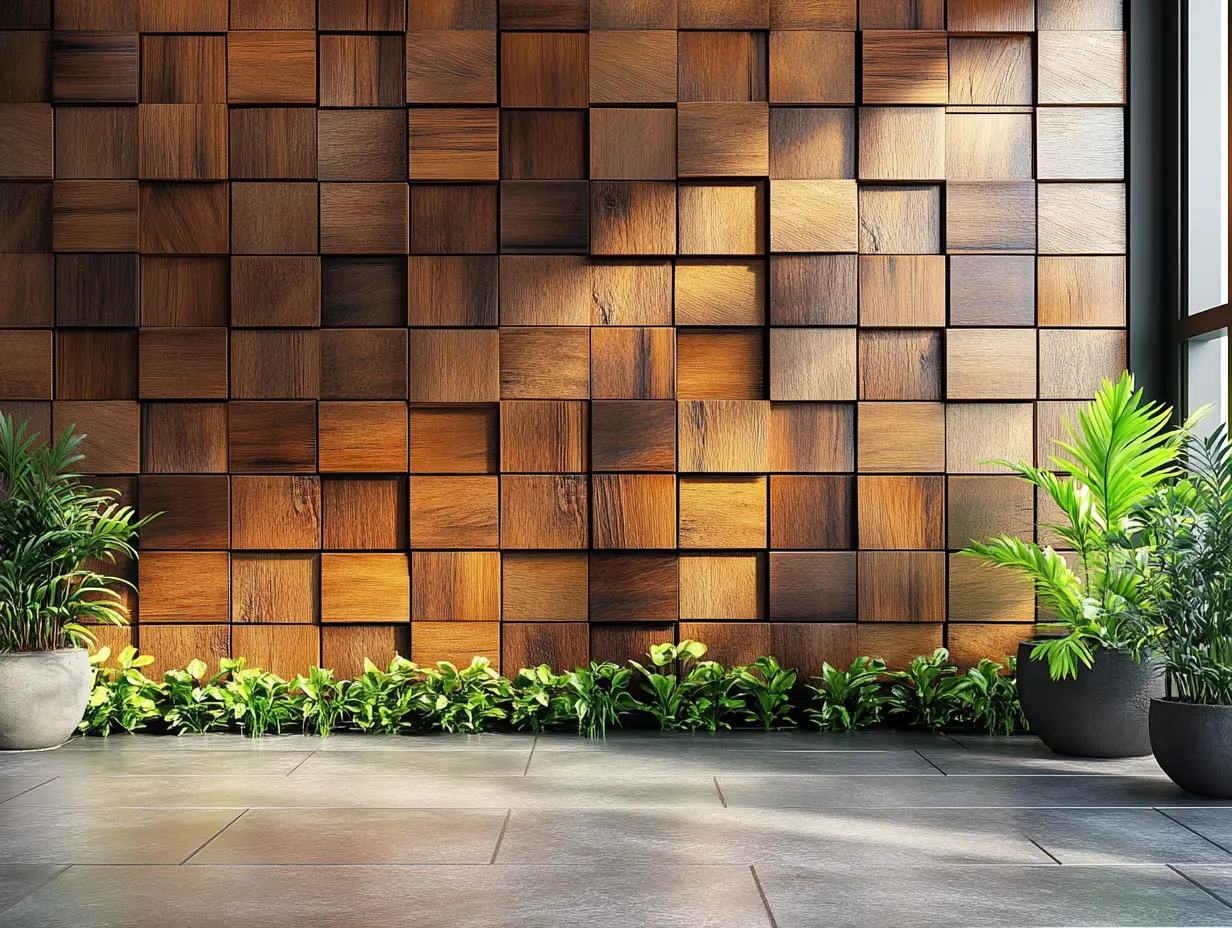
Wood wall panels have really become very popular for both homes and commercial spaces. Attractive looks and versatility make them a popular option for modern interior decoration. Main materials in creating wood panels include oriented strand board, OSB, and plywood. Unlike plywood, OSB is not that attractive, but it has the same structural integrity, which makes it an affordable option for budget projects.
Most recently, the U.S. Wood Design Awards reminded designers and makers of the value of innovation and quality of product in wood design. The awards recognize the tremendous strides made in wood use and demonstrate outstanding projects featuring these materials. As transformation continues among industries, the quality of materials is bound to be of prime interest when it comes to achieving manufacturing excellency in wooden wall panels.
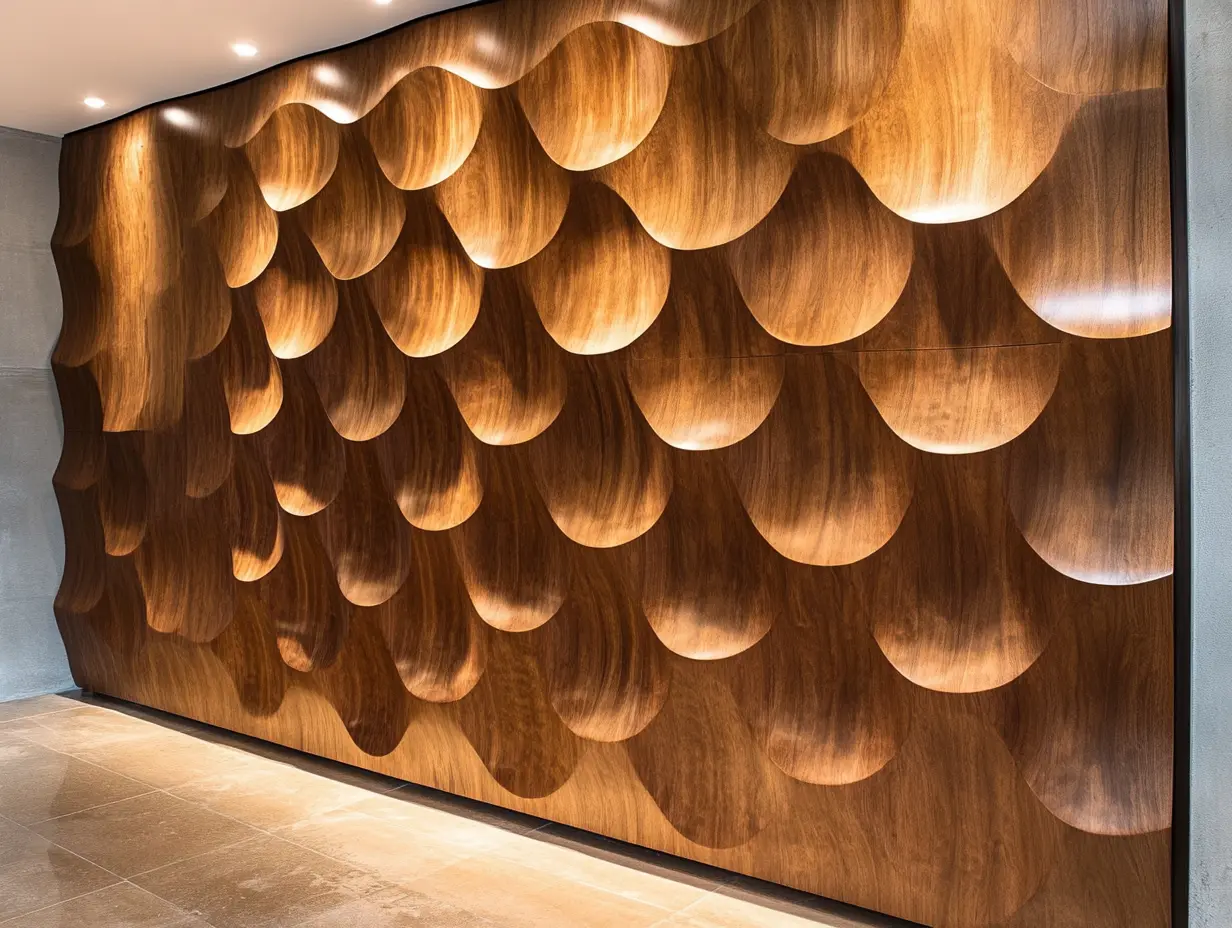
As wood wall panel manufacturers strive to produce panels that comply with high standards of structural integrity and aesthetic appeal, quality control assumes utmost importance. The recent debate on the properties of oriented strand boards (OSBs) has reinforced the idea that whether the right materials are softwood or hardwood species will directly determine the load-bearing capacity intended. It further brings into perspective the importance of selecting raw materials and stresses how different types of wood have an impact on the overall structural performance of wall panel products.
Top leaders in the field have continued to pursue design innovation and excellence, giving out awards and recognitions that benchmark the best efforts in wood design and further encourage manufacturers to adopt stringent quality control measures. Consequently, when modern methods of quality assurance are integrated into the production of wood wall panels, manufacturers would be in a position to enhance durability and visual appeal and thus meet consumer expectations in an increasingly competitive market. The upholding of quality will be crucial in supporting the growth of the industry and in instilling consumer trust.

Different market trends are influencing the wood wall panel manufacturing market at the moment, trends indicating innovation in materials and sustainability practices. An example of recent acquisitions is that of a leading wall panel producer. This is consolidation not only in terms of resource but also know-how to satisfy the increased demand from the market-the associated trends demonstrate the industry's focus on improving production efficiency and product quality imposed so that manufacturers can make better options available to consumers.
The development and comparative study of engineered wood products, such as oriented strand boards (OSBs) from softwood and hardwood species, suggests that the interests shifted towards the optimization of material properties for specific applications are increasing. High performance and renewable materials will increasingly be in demand as builders move closer into these products, such as wood-fibre insulation, which is likely to be a real contender for high-rise residential materials. Such market movements would be well indicative of a destination-quality future that is embellishing sustainability with innovation in wood wall panel manufacturing.
Operational excellence has become so crucial as far as wood wall panel manufacture is concerned. The recent news of acquiring a reputable wall panel manufacturer by another giant in the industry proves that quality and production efficiency become increasingly more important as manufacturers acquire one another. This tells why new ideas and advanced technologies must be adopted by manufacturers not to be left behind.
The other side is concerning the difference between materials; for example, oriented strand board (OSB) compared with plywood. While OSB is not pretty as plywood, it represents similar structural solidity at a significantly cheaper cost. This shows how the development in manufacturing modes has played such an important role in selecting the materials. As new investments are made by companies towards developing sustainable and efficient production processes, the focus on excellence in manufacturing processes continues to drive the industry forward.
When wood wall panels are designed, some important factors substantially influence the aesthetic and functional quality of a final product. The choice of wood species being the first, as it is concerned primarily with how much it enhances one's visual property and durability, if maintenance is done, panels of different species have distinct grains and colors, capturing a mood in which they can be incorporated into a room, be it residential or commercial.
Manufacturing process along with species selection is relevant to the process. Recent times have seen much development in technology, with most manufacturers resorting to a greener production process in bringing the benefits without compromising on quality. For example, localized production reduces costs and lead times, allowing for faster delivery of high-quality materials to designers. Sustainable practices are increasingly becoming important in line with consumer demand for eco-friendly but still excellent standards from wood wall panel manufacturing.
Manufacturing wood wall panels under an auspicious environment is becoming the focus for sustainable development, reflecting an increasing awareness towards environmentally responsible practices within the field. One of the strategies employed involves the use of Oriented Strand Board (OSB), which, although not as aesthetically pleasing as plywood, offers a similar structural stability at much lower prices. This cost-effective nature provides wider usage for sustainable materials in construction to promote ecologically sound buildings.
In addition, recent honors like those at Wood WORKS! Awards are presented for innovative practices in the wood sector, namely sustainable design advocates. Not only by opting for sustainable practices and materials can companies improve their product offering in the market, but they can also contribute an extra degree toward a healthier planet. Promoting high-load-bearing boards means that sustainability will not be traded off against structural performance. In effect, this paves the way toward more responsible building practices.
The manufacture of wood wall panels has a lot of challenges that need new ways of doing things to improve efficiency and quality. One of the biggest problems is variation in the material properties that can affect the strength and durability of the panels. Studies have begun looking into other materials to be substituted while optimizing for structural integrity as well as sustainability issues, lightweight bamboo, for example. These alternatives not only add up to a significant building solution but also lessen reliance on wood.
Manufacturing technologies have also improved whereby new innovations like building information modeling and product life cycle management have brought about a new streamlining of the production process. Now such development helps to forecast performance and waste reduction, thus leading to better quality assurance in wall panel manufacture. Innovating this field can, therefore, open doors to newer manufacturing excellence in the wood panel industry.
Thus surface finishing methods are instrumental in prolonging the durability of the wood wall panel. Treatments such as stains, sealers, and paints provide aesthetics and protection from environmental hazards like moisture and wear. If finishes are properly carried out, they provide enough service life to wood panels for various applications in residential and commercial activities.
The debate between OSB and plywood already illustrates the significance of a proper substrate selection for wall panels. OSB will comparatively offer structural integrity at less price, while plywood will set in with patterning to please the eyes. This consideration follows the buzzword appeal for maximizing durability while not compromising design. Advanced surface finishing techniques can open the doors for combination use of OSB and plywood by manufacturers, thereby expanding their wall panel applications for the greatest durability and aesthetic condition.
Innovations in wood wall panel manufacturing offer the promise of an environment in which buildings may be made even more sustainable and visually pleasing. Newer technologies are applied to the production of wall panels that are not only fit into the scenes of the environment but also lasting in nature. These processes are focused on the futuristic markets of optimization in improving production processes that promise increased efficiency and minimum waste, thus corresponding with the increasing need for environmentally responsible building practices.
In the recent past, the industry saw strategic acquisitions like that of a top wall panel manufacturer, representing a trend towards consolidation that fosters innovation. By leveraging and pooling knowledge and resources, such companies stand to benefit from improved product offerings as well as investment in research and development in next-generation wood wall panels. This collaboration may develop to create smart panels integrated with technology to monitor environmental conditions, thus making such panels functional and desirable in modern-day construction.
Quality control is essential to ensure that wood wall panels meet high standards for structural integrity and aesthetic appeal, thereby enhancing durability and customer satisfaction.
The choice of materials, whether softwood or hardwood, significantly impacts the load-bearing capacities and overall structural performance of wall panel products.
Surface finishing techniques, such as staining, sealing, and painting, improve durability by protecting against moisture and wear, and can extend the lifespan of wood panels.
While plywood offers better visual appeal, OSB provides comparable structural stability at a lower cost, making it a viable option for maximizing durability without sacrificing design.
The industry has seen innovation in design and manufacturing processes, leading to enhanced quality assurance measures and recognition of excellence in wood design.
Manufacturers are encouraged to adopt stringent quality control measures, innovate in design, and utilize advanced surface finishing techniques to meet and exceed customer expectations.
